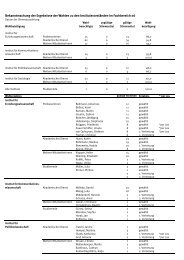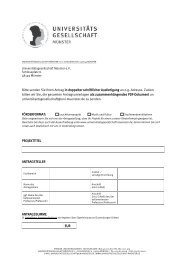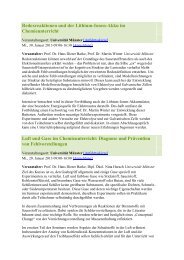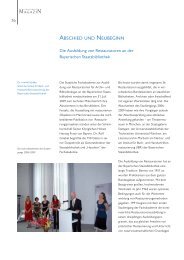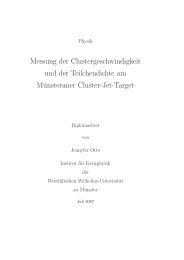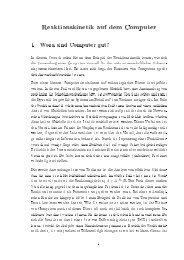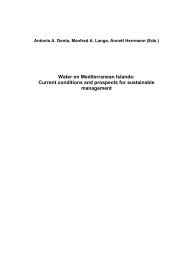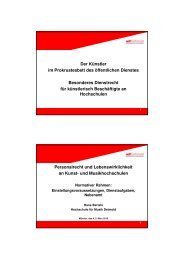oye GentleIllen Arabic Studies on Science and Literary Culture
oye GentleIllen Arabic Studies on Science and Literary Culture
oye GentleIllen Arabic Studies on Science and Literary Culture
You also want an ePaper? Increase the reach of your titles
YUMPU automatically turns print PDFs into web optimized ePapers that Google loves.
302 THOMAS BAUER<br />
Structure <strong>and</strong> c<strong>on</strong>tent OfShihäb al-Din's muzdawija tardiyya<br />
The structure ofthe poem is clear-cut <strong>and</strong> well-balanced. The poem may<br />
be said to c<strong>on</strong>sist of three parts, each part divided into two subsecti<strong>on</strong>s.<br />
The first part starts with an introductory secti<strong>on</strong> of \ eleven couplets, priniarily<br />
of a descriptive nature. The sec<strong>on</strong>d secti<strong>on</strong>, the 'parade of the<br />
horses: is again a descriptive secti<strong>on</strong> <strong>and</strong> again comprises eleven lines.<br />
The central secti<strong>on</strong> of the poem is c<strong>on</strong>stituted by two hunting episodes<br />
that combine both descriptive <strong>and</strong> narrative elements. Each of these secti<strong>on</strong>s<br />
has the length of twelve couplets. A transiti<strong>on</strong> of five lines, the<br />
takhallu~,leads up to the c<strong>on</strong>cluding panegyric secti<strong>on</strong>, which with its<br />
thirteen lines is again <strong>on</strong>e couplet l<strong>on</strong>ger than the central secti<strong>on</strong>s. A<br />
chart may illustrate this structure:<br />
Lines Subject Length<br />
1-11<br />
1-3: frame: address to the audience;<br />
4-11: descripti<strong>on</strong> of nature<br />
12-22 the huntsmen <strong>and</strong> their horses: 'parade of the horses' 11<br />
23-34 episode 1: hunting gazelIes <strong>and</strong> <strong>on</strong>agers with arrows, dogs 12<br />
<strong>and</strong> cheetahs<br />
35-46 episode 2: hunting birds with falc<strong>on</strong>s <strong>and</strong> the crossbow 12<br />
47-51<br />
takhallu: return from the hunt; transiti<strong>on</strong> to the<br />
panegyric secti<strong>on</strong> '<br />
52-64 praise (madi) of the dawädär 13<br />
(1) lntroducti<strong>on</strong> <strong>and</strong> descripti<strong>on</strong> of nature. With its reference to surür<br />
'joy' the first couplet may allude to the urjüza muzdawija by Abü Firäs<br />
al-I;Iamdäni (320-357/932-968), in which we read al-'umru mä tamma<br />
bihi l-surüru 'life is when joys are complete:44But there are <strong>on</strong>ly few<br />
similarities between both poems, apart from their form. Abü Firäs's<br />
poem, for instance, is more than twice as l<strong>on</strong>g as Shihäb al-Din's. C<strong>on</strong>sequently,<br />
Shihäb al-Din cannot give as detailed arecord of the events<br />
44 Diwän Abi Firäs, ed. Sämi al-Dahhän, (Beirut, 1944),III, p. 435. See also James<br />
E. M<strong>on</strong>tgomery,'AbüFiräs'sVeneric Urjüzah Muzdawijah: <str<strong>on</strong>g>Arabic</str<strong>on</strong>g> <strong>and</strong> Middle Eastern<br />
literatures 2 (1999),pp. 61-74.<br />
11<br />
5






